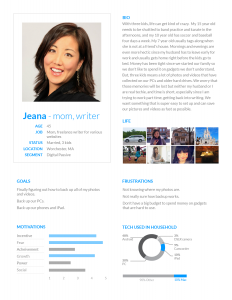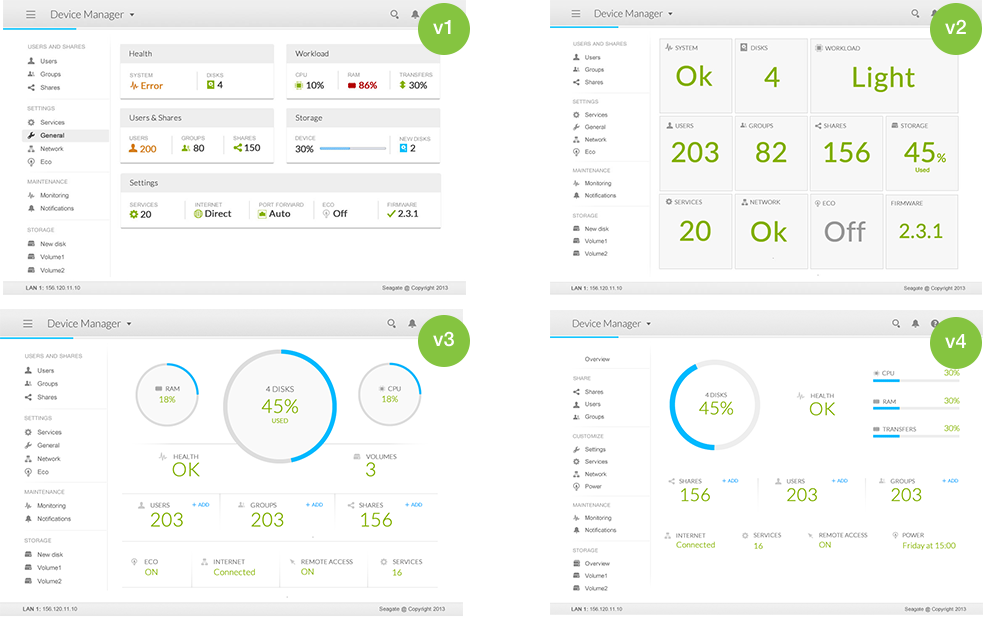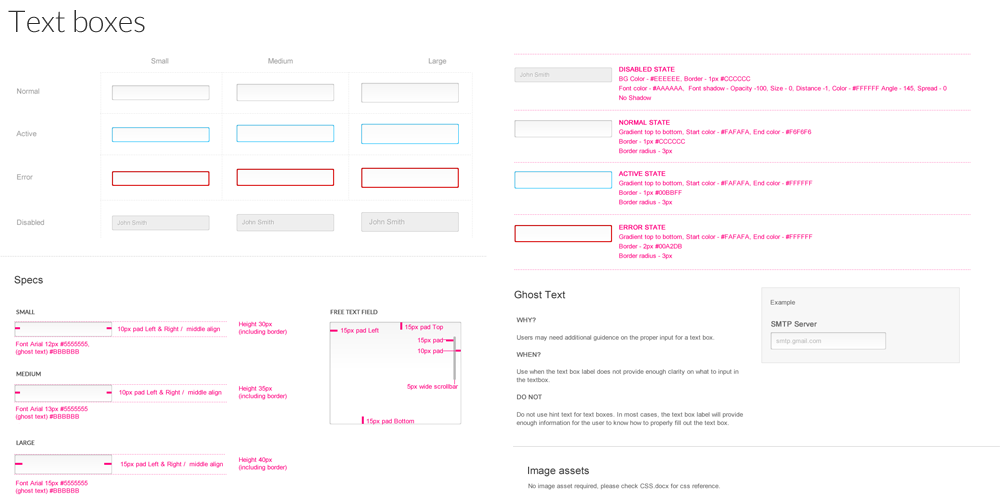
Discover and empathize.
Defining a problem requires research, and I like to tackle this in stages. I start by collecting feedback from the team, reading user reviews of previous gen products, and checking out user feedback on the competition. This tips me off to products I should test first-hand, users to talk to, or studies to be performed for greater insight. Throughout the process, I share findings through decks, competitive analyses, and user personas to align the team in a common direction.
Outline the solution.
Ideating brings a rough vision of the solution. Post-its and white boards are my favorite places to sketch and to refine user workflows and information architecture. I involve key stakeholders in this process to generate the best ideas.

Whiteboarding
Bring the idea to life.
Ideas go from fuzzy to clear in the prototyping stage. Pen and paper is my favorite place to begin. Once the direction is clear, I move to a design program like Sketch to bring the design to a higher fidelity. If the feature is new or hard to explain in a linear flow, I create an interactive prototype using Invision. Throughout this process, I work closely with a writer on interface copy.
Do users ‘get it’?
As soon as there is something tangible to show, I seek out representative users for feedback. Usability tests with targeted end users is the gold standard, but the minimum is a hallway test with a person not close to the project. The testing leads to new iterations and greater confidence in the final design.
Dot the ‘i’s’ and cross the ‘t’s’.
The build stage is where the rubber meets the road. I create software specifications for workflows and UI components that make it clear for developers. I also stay in close contact throughout development process to QA components and troubleshoot any issues that come up.
Influence the next generation.
Post launch is a great time to take stock of how things went. Product reviews, star ratings, customer support calls, and feedback from the press are all great indicators of how successful a product is. These provide insights for the next product generation.





